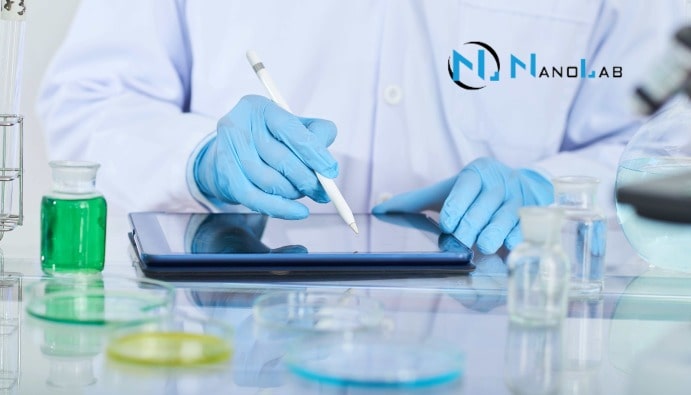Coliform Bacteria Count: Drinking and Environmental Water
Coliform Bacteria Count in Water Samples

What is Coliform Bacteria?
Coliform bacteria count is among the microbiological analyzes performed in water. First of all, if we ask “What are coliform bacteria?”
- Total Coliforms: They are a large group of bacteria and can usually be transmitted to water from sources such as soil, water, animal feces in the environment. Total coliforms are used to indicate whether the water is generally contaminated.
- Fecal Coliforms (Escherichia coli - E. coli): This group are bacteria that originate from human and animal feces, indicating that the water is more contaminated and poses a health risk. Fecal coliforms can pose more serious threats to human health.
Coliform bacteria can be defined as gram-negative, facultative anaerobic, non-spore forming bacteria that form gas from lactose within 48 hours. In general, coliform bacteria in microbiology can be listed as follows:
- Escherichia coli
- Enterobacter aerogenes
- Enterobacter cloacae
- Citrobacter freundii
- Klebsiella pneumoniae
What are Coliform Bacteria Analysis Methods?
There are several common test methods used to count coliform bacteria in water.
- Most Probable Number (EMS)
- Membrane Filtration Method
- Rapid Test Method (Color Change)
Understanding Why Coliform Bacteria Counts in Water
Coliform bacteria count in water is an important test to assess the microbiological safety of water. The main reasons for coliform bacteria counting are as follows:
- Drinking Water Safety: Coliform bacteria play a critical role in determining whether drinking water is safe for human health. E. coli in particular is a pathogen that can cause serious health problems. Coliform bacteria determine whether water is safe for drinking.
- Monitoring of Environmental Water Resources: Rivers, lakes, dams and other natural water sources should also be regularly monitored and coliform bacteria counted. Coliform bacteria indicate that environmental water is contaminated and potentially damaging to ecosystems.
- Public Health Protection: Coliform bacteria have a critical role in preventing waterborne diseases. Early detection is important in preventing health problems such as water pollution, bacterial infections and waterborne diseases.
- Industrial and Agricultural Applications: Irrigation water quality in agriculture, hygiene and safety in water use of industrial facilities are directly related to the coliform bacteria content of water. Therefore, water quality needs to be monitored.
Regulations and Standards for Coliform Bacteria Counting in Water
International standards and local regulations on coliform bacteria counts in water set specific limits to ensure the microbiological safety of water. These standards ensure that coliform bacteria levels in drinking water and environmental water supplies are kept under control.
- World Health Organization (WHO) Drinking Water Standards: The WHO states that the number of coliform bacteria in drinking water should be 0 per 100 mL. This indicates that drinking water is microbiologically safe.
- American Environmental Protection Agency (EPA) Standards: The EPA states that the coliform bacteria count for drinking water should be 0 per 100 mL. In addition, the presence of E. coli indicates that the water is hazardous and should be treated immediately.
- Turkey Drinking Water Regulation: In Turkey, similar limits are set for the level of coliform bacteria in drinking water. Coliform bacteria should be 0 per 100 mL in drinking water. In addition, water must undergo regular microbiological analysis.
Nanolab Laboratories Group continues to provide services within the scope of Coliform Bacteria Count in Water. We also provide services in Total Hardness Determination.
Contact us for more information.
You can follow us on LinkedIn for up-to-date news and posts about our services.
Follow our Instagram account to be informed about our latest blog posts.

